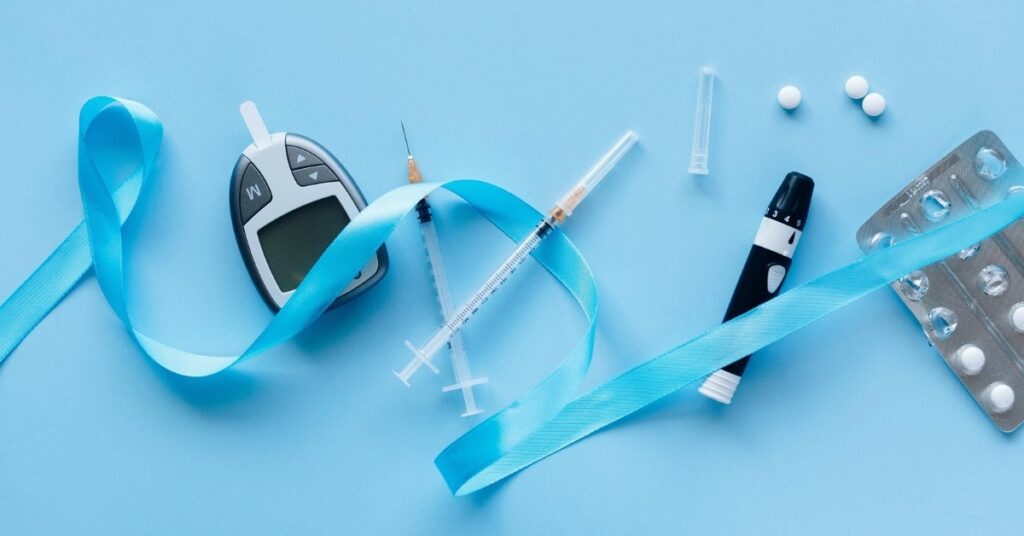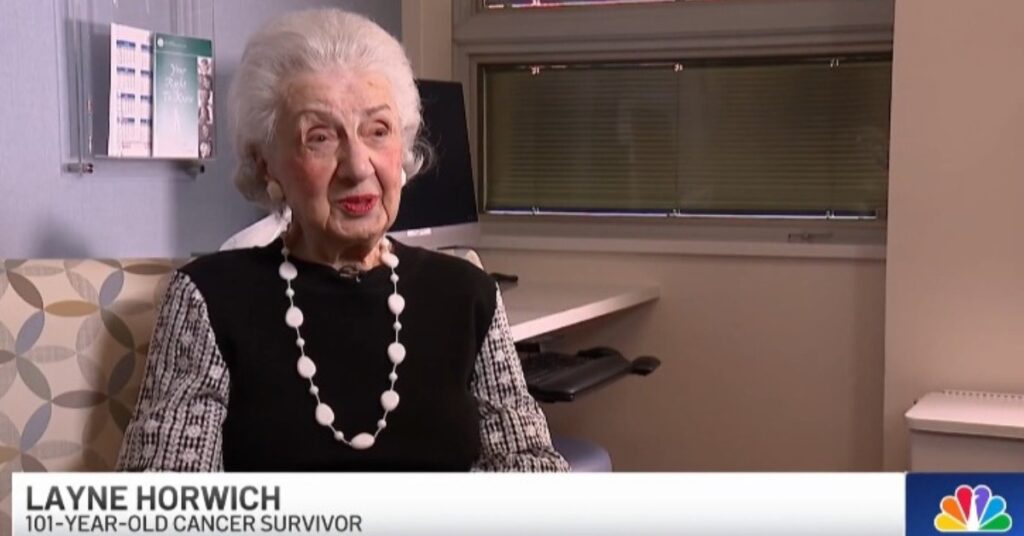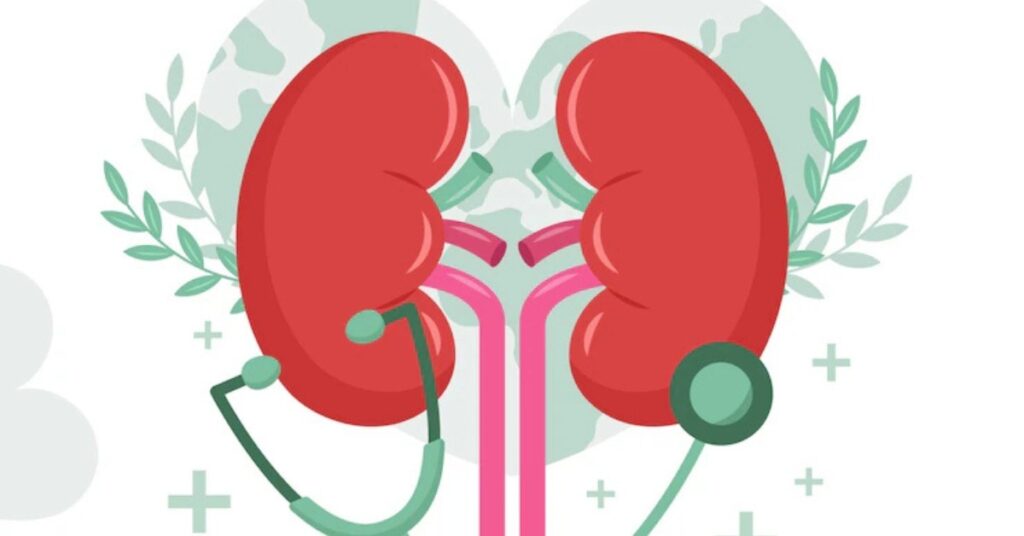Not sure if you’re getting enough vitamin D from sunlight? Here’s how much sun exposure you really need, what affects your vitamin D levels, and the signs experts say could point to a deficiency — plus tips on getting it safely.

Vitamin D is often referred to as the “sunshine vitamin” because your body can produce it naturally when your skin is exposed to sunlight. This essential nutrient plays a vital role in maintaining healthy bones, supporting the immune system, and regulating calcium levels in the body. But in today’s fast-paced world, many people wonder: how much sun do you really need to get enough vitamin D?
Why Vitamin D Matters
Vitamin D is crucial for several bodily functions. It helps your body absorb calcium and phosphorus — minerals essential for bone strength. Without adequate vitamin D, bones can become brittle and weak, increasing the risk of fractures and conditions like osteoporosis. Beyond bone health, vitamin D supports immune function, reduces inflammation, and has been linked to improved mood and protection against chronic diseases such as heart disease, diabetes, and even some cancers.
Sunlight and Vitamin D: The Connection
Your skin contains a type of cholesterol that acts as a precursor to vitamin D. When exposed to ultraviolet B (UVB) rays from sunlight, this compound gets converted into active vitamin D. This process is both efficient and natural — but it depends on several factors such as skin type, age, location, and the time of day.
How Much Sunlight Do You Really Need?
There’s no one-size-fits-all answer, but most health experts suggest that exposing your face, arms, and legs to sunlight for about 10 to 30 minutes a few times a week is generally enough for the average person to maintain healthy vitamin D levels. However, this can vary widely based on:
- Skin Tone: People with fair skin produce vitamin D more quickly than those with darker skin. Melanin, the pigment that gives skin its color, can reduce the skin’s ability to produce vitamin D. Those with darker skin may need more sun exposure to make the same amount of vitamin D as someone with lighter skin.
- Location and Latitude: Where you live affects how much UVB reaches your skin. People living closer to the equator get more intense sunlight year-round, while those farther away (in northern or southern regions) get less, especially in the winter.
- Time of Day: Midday, especially between 10 a.m. and 2 p.m., is when the sun’s rays are strongest and most effective for vitamin D production. Morning and evening sun has less UVB, making it less efficient.
- Season: In winter months, especially in colder climates, the sun’s angle is too low for sufficient UVB to reach the skin. This makes it harder to produce vitamin D naturally during this time, even with outdoor exposure.
- Clothing and Sunscreen: While it’s important to protect your skin from harmful UV rays, using sunscreen or wearing full-coverage clothing can reduce or block vitamin D production. However, brief, unprotected exposure is usually enough — and still safe when done in moderation.
Symptoms of Low Vitamin D, According to Experts
Many people with low vitamin D levels may not notice symptoms right away, but over time, deficiency can lead to noticeable changes in how you feel. According to health experts, common signs of low vitamin D include:
- Fatigue or low energy levels, even with enough sleep
- Frequent infections or a weakened immune response
- Bone pain or muscle weakness, especially in the back or legs
- Mood changes, including increased feelings of depression or anxiety
- Hair thinning or hair loss
- Slower wound healing
If you’re experiencing several of these symptoms, it’s a good idea to discuss vitamin D testing with a healthcare provider.
Other Factors That Influence Vitamin D Levels
Besides sunlight, several personal factors can influence how your body produces and stores vitamin D:
- Age: Older adults produce less vitamin D through their skin and may also spend less time outdoors.
- Weight: Vitamin D is fat-soluble, which means it gets stored in body fat. People with higher body fat percentages may need more vitamin D because it’s not as easily released into the bloodstream.
- Medical Conditions: Certain conditions like kidney disease, liver disease, or malabsorption syndromes (like Crohn’s or celiac disease) can impair vitamin D metabolism or absorption.
Can You Get Too Much Sun?
While moderate sun exposure is beneficial, too much can lead to sunburn, premature aging, and increased risk of skin cancer. The goal is to strike a balance — enough to maintain healthy vitamin D levels without causing skin damage. Short, frequent exposure is better than prolonged sunbathing.
Ideally, you should aim for about 10 to 30 minutes of direct sunlight on bare skin a few times a week, depending on your skin tone and sensitivity. After that, it’s best to apply sunscreen to protect against harmful UV rays. Everyone’s skin responds differently to the sun, so adjust your exposure time based on how easily you tan or burn.
Also Read: 5 Biggest Triggers of Breast Cancer, According to Experts
What If You Can’t Get Enough Sun?
If you live in a region with limited sunlight or have a lifestyle that keeps you indoors most of the time, you may need to get vitamin D from other sources. These include:
- Dietary Sources: Fatty fish (like salmon, tuna, and mackerel), egg yolks, mushrooms exposed to sunlight, and fortified foods like milk, cereal, and orange juice.
- Supplements: Vitamin D supplements can help maintain healthy levels, especially during the winter months or if you’re at risk of deficiency. It’s generally recommended to consult a doctor before starting supplementation to determine the right dosage.
How Do You Know If You’re Getting Enough?
The most accurate way to check your vitamin D levels is through a blood test measuring serum 25-hydroxyvitamin D. Levels above 20 ng/mL are generally considered adequate for most people, though some experts suggest 30 ng/mL as a better minimum. If your levels are low, your doctor may recommend lifestyle changes or supplements.
Also Read: 10 Proven Benefits of Soaked Almonds: Why You Should Start Your Day with Them
Final Thoughts
Getting enough vitamin D is essential for overall health, and sunlight is one of the most effective and natural sources. By understanding how much sun exposure you need — and the factors that influence it — you can take control of your vitamin D intake in a safe and balanced way. If sunlight is limited, don’t worry — there are plenty of ways to support your vitamin D levels through diet and supplements. And when in doubt, a simple blood test can provide clarity and help guide you toward the healthiest approach for your body.
Disclaimer: This article is for informational purposes only and does not substitute professional medical advice, diagnosis, or treatment. Always consult a qualified healthcare provider if you have concerns about your vitamin D levels or any related health symptoms.












